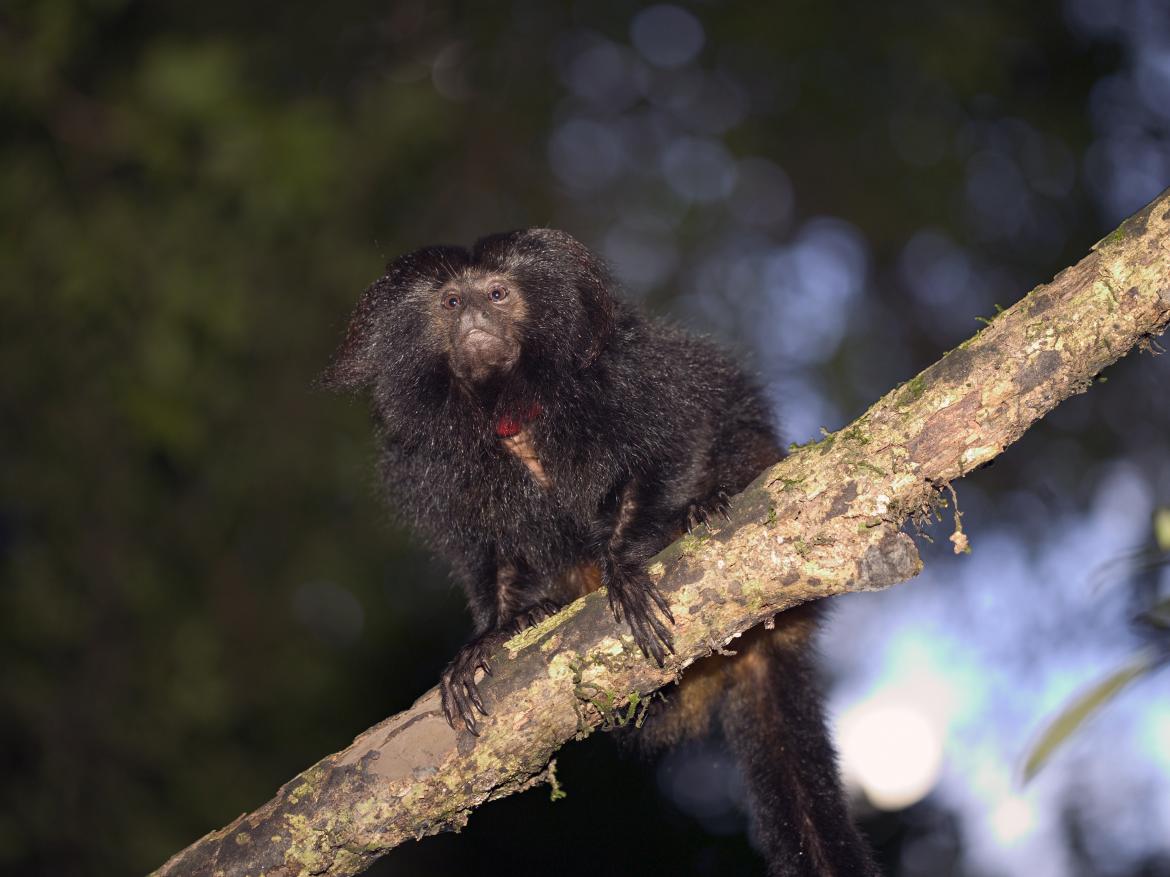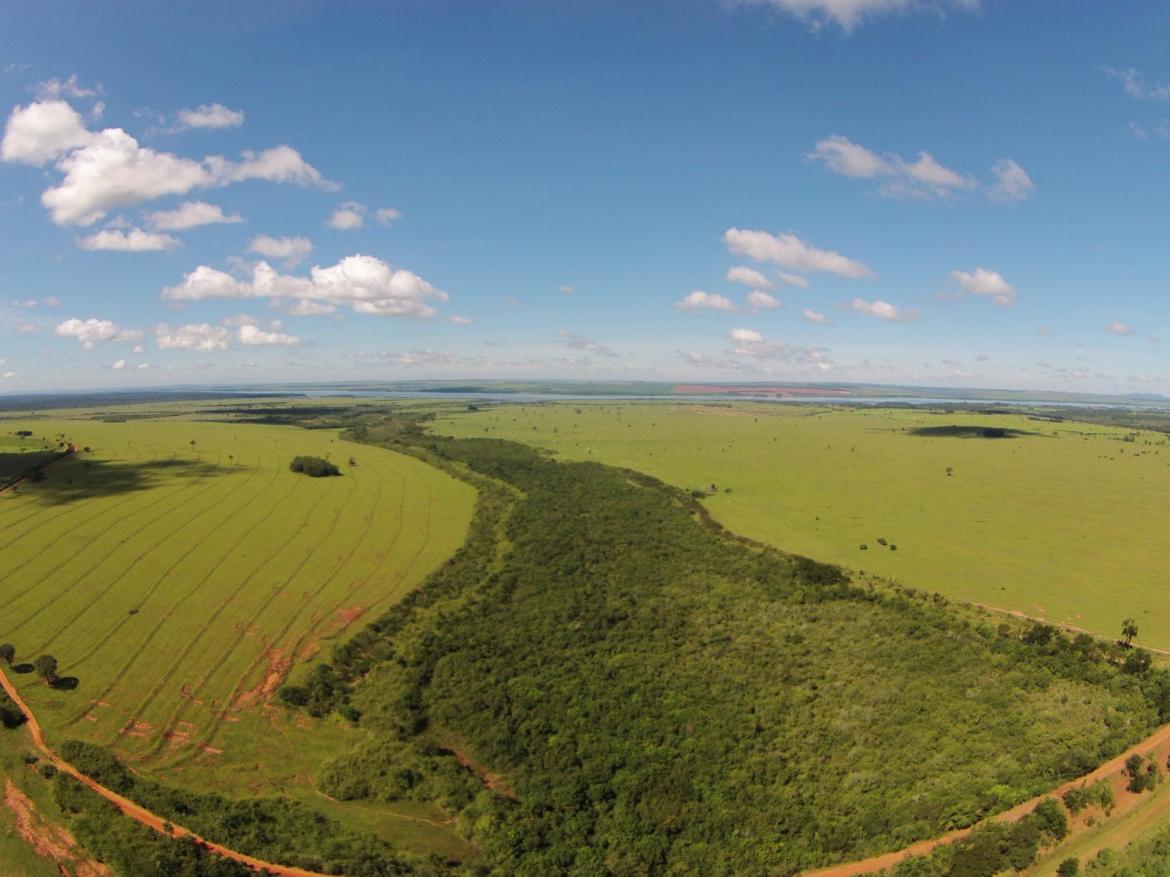The Atlantic Forest used to be 6 times the size of the United Kingdom, but over the course of the last 20 years, it has lost over 80% of its original forest due to agricultural expansion. No other large tropical forest has suffered this much loss and been reduced to green fragments. The loss of the forest has affected the rich biodiversity in The Atlantic Forest. WeForest is planting trees to reconnect forest patches and more space for animals such as the endangered black lion tamarin so that they can thrive again.

An area of 861 ha has been restored in the western São Paulo region Pontal do Paranapanema. The WeForest project in this area has planted 1,7 million trees, which are able to sequester up to 275.000 tons of CO2. The main goal of this project is to restore the native forest, and therefore reconnect the Morro do Diabo State Park to the Iguaçu National Park. Restoring the native forests will conserve biodiversity, promote economic development and build economic resilience. Several restoration methods are combined in order to boost the forest recovery such as assisted natural regeneration, framework species approach, farmer-assisted reforestation and agroforestry.

In addition, the project is complemented with trainings and hirings of residents to implement restoration methods. Residents who receive the training are then able to make a living from restoring and protecting forests rather than from clearing them. The hiring and training of residents is carried out by the Brazilian Landless Workers Movement (MST). MST runs community-based nurseries that grow the trees before they are planted. In this case MST selects female entrepreneurs seeking financial independence to manage the nurseries.
In addition the Atlantic Forest project WeForest aims to plant one million trees allows sequestering 158 thousand tons of CO2, engaging 65 families, training 400 people, improving water quality of 2.000 ha land and creating 10 nurseries with an income of $ 2.500 each per year.
